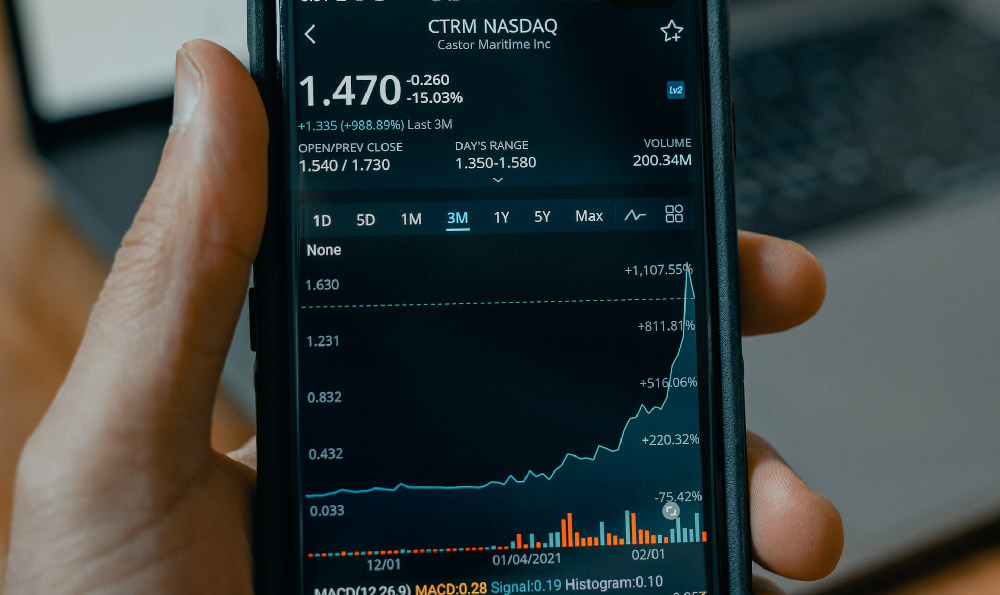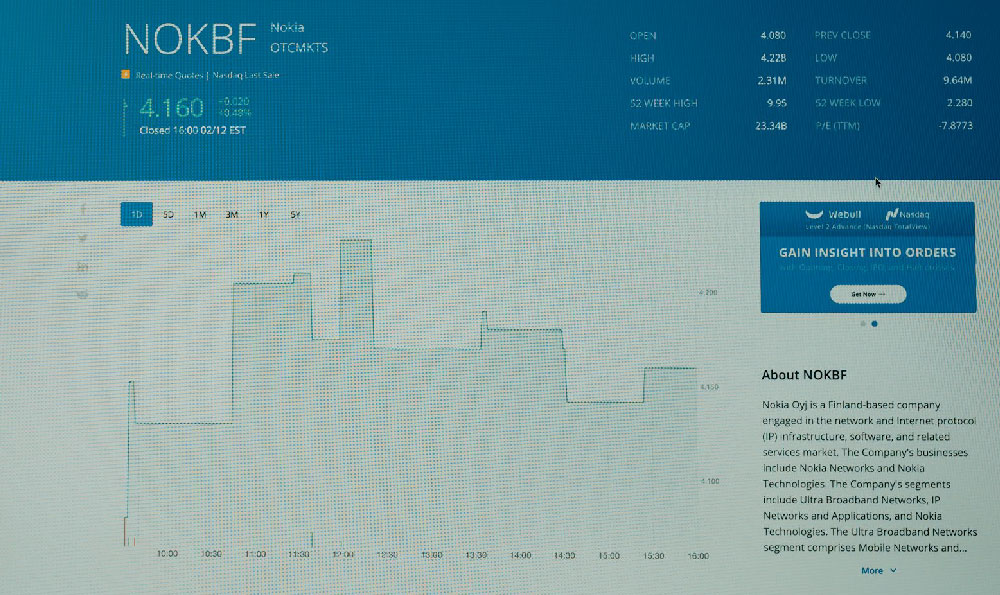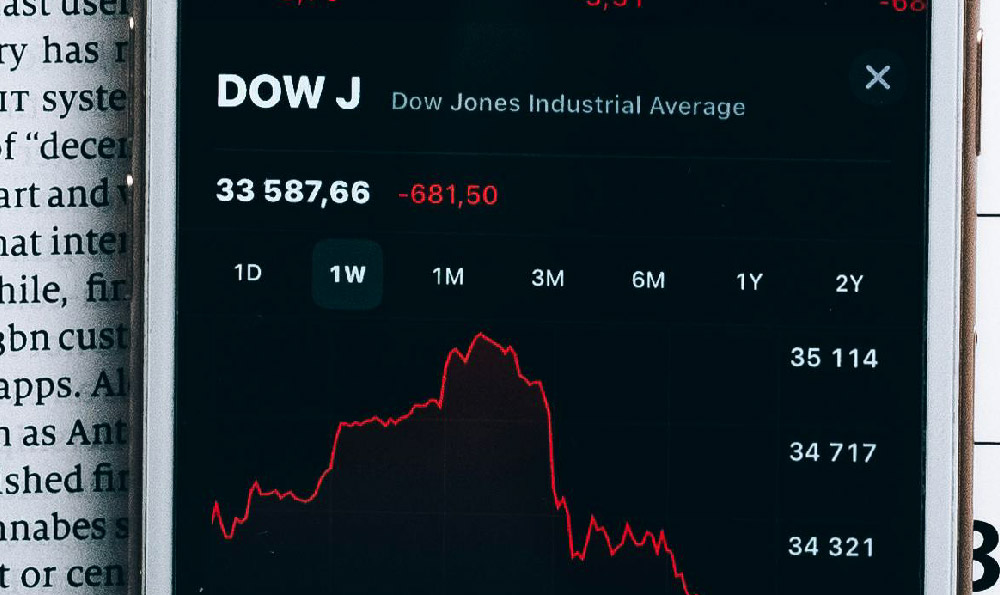
Mining Bitcoin, once the exclusive domain of tech enthusiasts and early adopters, has evolved into a complex and competitive industry. While the allure of earning cryptocurrency by verifying transactions on the blockchain remains strong, determining the profitability and potential earnings from Bitcoin mining requires a thorough understanding of various factors. It's not a simple calculation, and the answer varies greatly depending on your specific circumstances.
Let's begin by dissecting the key components that dictate Bitcoin mining profitability. The first and arguably most critical element is the hashing power of your mining hardware. Hashing power, measured in terahashes per second (TH/s), represents the speed at which your equipment can solve complex cryptographic puzzles to add new blocks to the blockchain. The higher your hashing power, the greater your chances of successfully mining a block and earning the associated Bitcoin reward. Different mining hardware boasts varying hashing power, and newer generations typically offer significantly higher speeds than older models. The price of these machines directly correlates with their hashing capabilities.
Next, power consumption plays a pivotal role in determining profitability. Bitcoin mining is an energy-intensive process. The more hashing power you wield, the more electricity your equipment consumes. The cost of electricity varies significantly across different regions and even within the same country. Areas with cheap electricity rates, often those with renewable energy sources or government subsidies, offer a considerable advantage to miners. Conversely, mining in regions with high electricity costs can quickly erode profits or even result in losses. Therefore, meticulously calculating your electricity costs per kilowatt-hour (kWh) is paramount.

The Bitcoin network's difficulty is another crucial factor. The mining difficulty adjusts dynamically based on the total hashing power on the network. As more miners join the network, the difficulty increases to maintain a consistent block creation time of approximately 10 minutes. A higher difficulty means it becomes statistically harder to mine a block, reducing the likelihood of earning rewards. This dynamic adjustment ensures the stability and security of the Bitcoin blockchain, but it also means miners constantly face an evolving landscape.
The Bitcoin price, of course, has a direct and immediate impact on profitability. Mining rewards are paid in Bitcoin, so the value of your earnings fluctuates with the market price. A significant price increase can dramatically boost profitability, while a price crash can render even efficient mining operations unprofitable. Consequently, miners must be prepared to weather periods of volatility and consider hedging strategies to mitigate price risk.
Beyond these primary factors, other considerations can influence the bottom line. Mining pool fees are a common cost for miners who join collaborative pools to increase their chances of earning rewards. These pools combine the hashing power of numerous miners and distribute rewards proportionally to each participant's contribution. Pool fees typically range from 1% to 3% of the earned rewards.
Hardware depreciation is another often-overlooked cost. Mining hardware has a limited lifespan, and its performance deteriorates over time. As newer, more efficient hardware enters the market, older models become less competitive. Miners need to factor in the cost of replacing their equipment periodically to maintain their hashing power and stay profitable. The rate of depreciation depends on the specific hardware model and the pace of technological advancement in the mining industry.
Cooling costs are also a potential expense, particularly in warmer climates or large-scale mining operations. Bitcoin mining equipment generates significant heat, which can damage the hardware and reduce its efficiency if not properly managed. Cooling solutions, such as fans, air conditioning, or immersion cooling, can add to the overall operating costs.
So, how much can you realistically earn? There's no one-size-fits-all answer. To estimate potential earnings, you can utilize online Bitcoin mining calculators. These calculators allow you to input your hashing power, electricity costs, pool fees, and other relevant factors to project your daily, weekly, or monthly profits. However, it's crucial to remember that these calculators provide estimates based on current network conditions and Bitcoin prices. Future changes in difficulty, price, or operating costs can significantly impact actual earnings.
Is Bitcoin mining profitable? Again, the answer is complex and dependent on individual circumstances. In some regions with extremely low electricity costs and access to high-performance mining hardware, Bitcoin mining can be a profitable venture. However, in areas with high electricity rates or using outdated equipment, it may be difficult or even impossible to generate a profit. Moreover, the inherent volatility of the Bitcoin market adds another layer of risk.
Before investing in Bitcoin mining, it is essential to conduct thorough research, carefully analyze all the relevant factors, and develop a comprehensive business plan. Consider the long-term viability of your mining operation and be prepared to adapt to changing market conditions. Explore alternative investment options and understand the risks involved before committing significant capital to Bitcoin mining. Ultimately, the decision of whether to mine Bitcoin and whether it will be profitable is a personal one based on your risk tolerance, financial resources, and understanding of the market. The barrier to entry isn't what it used to be, and careful planning and a realistic assessment of the risks involved are crucial to any potential miner's success.




